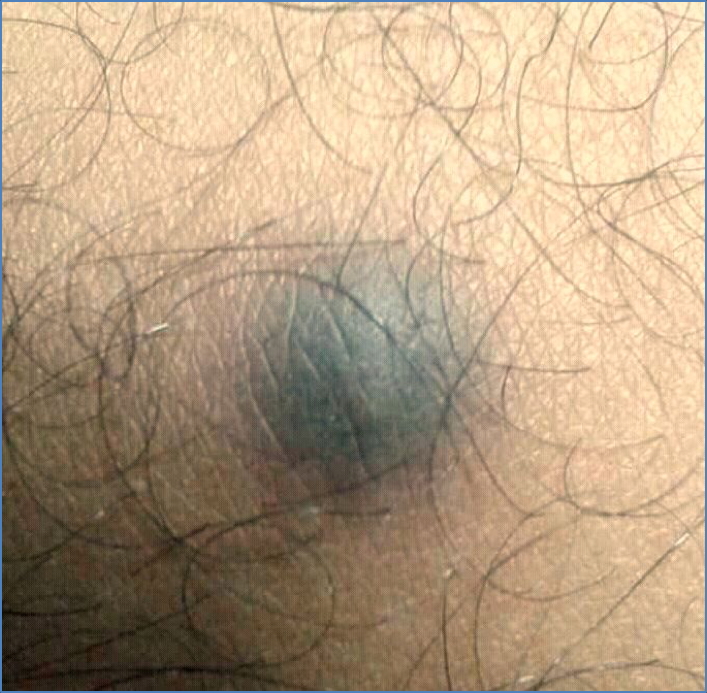Table of Contents
Overview – Benign Fibrous Lesions
Benign fibrous skin lesions are common, slow-growing dermal proliferations that are non-cancerous and often incidental. They typically arise in adulthood and are generally harmless, although cosmetic or mechanical irritation may prompt treatment. This article outlines the clinical features and management of two key fibrous lesions—dermatofibroma and skin tags—which medical students and junior doctors should be able to identify and differentiate. Understanding these benign skin growths helps avoid unnecessary biopsy or referral. Useful for medical students and junior doctors.
Dermatofibroma
Aetiology
- Often follows minor trauma (e.g. insect bite, shaving)
- Possible link with systemic lupus erythematosus (SLE)
Epidemiology
- Most common in adults
- More frequent in females
Pathophysiology
- Benign proliferation of fibroblasts within the dermis
- Forms a firm nodular lesion
Clinical Features
- Firm, dermal papule or nodule
- Typically skin-coloured or hyperpigmented
- May be itchy or tender
- Fitzpatrick’s Dimple Sign: Lateral compression causes a central dimple
- Common on lower limbs
Management
- No treatment required if asymptomatic
- Surgical excision if painful, enlarging, or for cosmetic reasons

Skin Tags (Acrochordons)
Aetiology
- Associated with:
- Genetic predisposition
- Advancing age
- Friction-prone areas
- More common in females
Pathophysiology
- Benign outgrowths of epidermal and dermal tissue
Clinical Features
- Soft, skin-coloured papules (1–10 mm)
- Often pedunculated
- Common locations:
- Neck
- Axillae
- Groin
- Eyelids
- Usually multiple and asymptomatic, though can become irritated
Management
- Excision, cryotherapy, or ligation (banding)
- Treatment typically for cosmetic or comfort purposes

Summary – Benign Fibrous Lesions
Benign fibrous lesions such as dermatofibroma and skin tags are frequently encountered in general and dermatological practice. They are non-malignant, typically asymptomatic, and easily recognised by their clinical appearance and consistency. Understanding these benign fibrous lesions helps avoid unnecessary intervention, while still offering appropriate treatment when indicated. For a broader context, see our Skin & Dermatology Overview page.